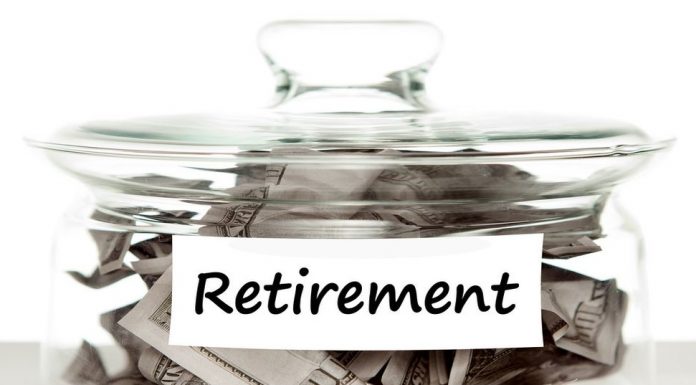(Moneywise) Many baby boomers across the country are now coming to terms with the hard reality that working for your entire adult life is no longer enough to guarantee you’ll have a roof over your head in your later years.
Thanks in part to a series of recessions, high housing costs and a shortage of affordable housing, older adults are now the fastest-growing segment of America’s homeless population, according to a report in the Wall Street Journal, based on data from the Department of Housing and Urban Development.
“The fact that we are seeing elderly homelessness is something that we have not seen since the Great Depression,” University of Pennsylvania social policy professor Dennis Culhane told WSJ.
Here’s what has triggered what some experts are calling a “silver tsunami” — and what they say needs to change to reverse the tide.
Dr. Margot Kushel, a professor of medicine and director of the Center for Vulnerable Populations and Benioff Homelessness and Housing Initiative at the University of California San Francisco (UCSF), studies homelessness through a lens of its health impacts. And Kushel’s research shows there’s an escalating rate of homelessness among older Americans.
In a 2020 journal article for the American Society on Aging, Kushel wrote that of all the homeless single adults in the early 1990s, 11% were aged 50 and older. By 2003, she says that percentage grew to 37%.
Now, the over-50 demographic represents half of the homeless single adults in the U.S. — with no sign of their numbers slowing, leaving baby boomers (those aged 57 to 75) particularly vulnerable.
“Elderly homelessness has been rare within the contemporary homeless problem. We’ve always had very few people over 60 who’ve been homeless historically,” Culhane from the University of Pennsylvania told PBS NewsHour.
But in recent years, Culhane says that has changed. Older Americans, he says, are “now arguably the fastest rising group.”
After living through multiple recessions, leaving some of them with little savings, aging boomers are also now contending with insufficient affordable housing.
Low-cost assisted living centers are extremely limited — with labor shortages, inflation and reduced funding putting facilities at risk of closing.
And even rent is becoming increasingly out of reach in certain areas, like Massachusetts, New York and Florida.



